How to repair a door closer with your own hands: reasons, step-by-step instructions
Buying door closer, its maintainability must be taken into account.For the first few years, the finishing system will work like a clock, then more and more often it will be necessary to adjust the movement of the door leaf. And finally, you will have to change the device or look for a way to repair the door closer yourself. The last option looks more attractive. Repairing the door closer itself is not a particular problem, and you can always buy a new one.
The content of the article:
Door closer device
Most of the breakdowns occur on the lever and on the braking mechanism hidden in the housing. The lever is always mounted on a rotary shaft, no matter whether it is a hinged design or with a sliding support. It is on the shaft that the braking torque occurs, ensuring smooth operation of the door closer.
Inside the mechanism device housing:
- Spring and rack. This part of the mechanism accumulates the energy that a person applies to overcome resistance and open doors. The rack meshes with a gear mounted on the drive shaft.
- A cylinder with a piston filled with hydraulic fluid. As soon as a person releases the door, a spring inside the body straightens, simultaneously pushing the liquid through the drainage channels into the adjacent chamber.
- There are several more screws with which you can block the cross-section of the channel, and thereby slow down the movement of the piston, spring and rack.
Of the entire set of parts, only the device body may not be repairable. The cause of the failure is a crack or destruction of the thread for the adjusting screw.In this case, it is easier to buy a new device for the doors than to try to restore the old one. Therefore, dropping the mechanism on a concrete floor or hitting it with a hammer during installation do not do it.
Wear of gear teeth and rack is considered one of the biggest problems of door closers. As a result of friction, metal dirt appears - a mixture of tiny dust and grease. Over time, channels become clogged and seals and bearing surfaces wear out. The device on the door operates with a strong delay and is poorly regulated. If not washed or repaired, wear reaches a critical level. As a result, the closer works like a regular door spring.
Troubleshooting depending on the cause
The first sign indicating problems may be the inability to adjust the operation of the device. This is the case if a high-quality device from a well-known brand or brand was installed on the door. It can be repaired by flushing the cavity and replacing the adjusting screw.
Unstable operation and floating “force” of resistance on the door are also found in new mechanisms. Most often due to minor defects in the valve, screws or substandard hydraulic fluid, which was poured into the device at the manufacturing stage.
Oil leakage
Some manufacturing companies indicate the brand of hydraulic fluid or oil in the instructions. Therefore, branded models are easier to repair, since the seals on the rotary rod and screws practically do not wear out. And the “correct” oil does not corrode rubber.
Liquid may leak under heavy load, for example, if the closer is installed on the entrance door to an office or store. The sealing ring simply wears out prematurely.In this case, the mechanism can be repaired by replacing the seals.
Sometimes leakage occurs if the adjusting screw is turned too far. In this case, you need to wrap it back in time. Losing a few drops of liquid will not affect the operation of the device. The door will open as before.
Hydraulic fluid may leak through the rod shaft. The seal may look intact, but oil is leaking out. The problem is due to severe wear on the shaft or bearing sleeve. Repairing a shaft without turning equipment will be difficult. As a temporary measure, you can press in the repair sleeve and go through it with a reamer. It only makes sense to try to repair it for branded models. On budget models, repairing a fault will cost more than installing a new door closer.
If the fluid has been completely lost, you will need to do the following:
- Unscrew both adjusting screws. You need to take this opportunity and check, you may have to replace the seal under the head or repair the thread itself.
- Allow the remaining hydraulic fluid to drain. Then blow with air to squeeze out any dirt plugs from the channels under the adjusting screws.
- Fill the cavity with a new portion of hydraulics. To do this, you can use a regular 50 ml medical syringe.
- Tighten the screws and check the operation of the mechanism.
It is not difficult to repair the hydraulic part of the closer. More problems can arise from choosing the wrong type of oil. Its viscosity may be excessively high, so that after installation on the door the braking system will work too harshly. If you don't get the oil right, you'll have to repair the mount or levers.
If the closer is expensive, from a well-known brand, then information about the hydraulic fluid should be found in the instructions or on the manufacturer’s websites. For cheap models, you can use brake fluid or liquid paraffin oil.
Synthetic or motor oil cannot be filled directly into the closer. You need to do a test - mix the new fluid with the remnants of the old hydraulics. If it collapses due to contact with the old hydraulics, it will be difficult to repair the device.
Lever failure
The most vulnerable spot in the lever system is the head with a round, tetrahedral or hexagonal hole for fitting on the shaft or the hinge itself. Breakage of the lever most often occurs due to strong impacts on the door in the open position.
Typically, the levers are made in one piece from soft low-carbon steel, thin-sheet stamping. Aluminum levers can be found in closers for interior doors. In this case, the head is made either completely steel or with a metal insert.
A broken head can only be repaired by welding. It is best to use argon, steel parts - with a carbon dioxide machine.
If the tip falls apart into 2 parts, then the part is tied with a clamp and mounted on the closer. The device is placed on the door and secured with points. Afterwards, the closer is removed from the door, the clamp is removed and the cracks are welded with a continuous seam.
Replacing fasteners
If the closer was installed on a metal-plastic door, then periodically the screws need to be tightened with a screwdriver or screwdriver. Otherwise, in a year or two the fasteners will weaken, the closer will have to be removed and the landing site repaired. If we are talking about the entrance door to a store or office, then the fasteners on the door will have to be repaired earlier - after 8-10 months.
Before you repair the fit on a metal-plastic door with your own hands, you need to remove the closer from the door. Next, inspect the holes into which the screws were screwed. Some of them will be almost intact, with remnants of the screw thread from the screw. But most of it will have to be repaired
For this:
- Using a screwdriver, drill holes with a diameter 0.5-1 mm larger.
- We drill holes for fasteners on the closer body.
- We select self-tapping screws of a larger diameter, but so that they pass through the holes in the eyes of the closer body.
All that remains is to return the closer to the door, and then tighten the new screws.
Wooden doors have to be repaired less often. Wood holds fasteners better, even if they are paneled doors. It is better not to install a closer on prefabricated door leaves made from clapboard and covered with a fiberboard sheet. If there is no other way out, then before installation, an intermediate lining made of 8-10 mm plywood is sewn under the body.
Sometimes it is necessary to repair a broken door closer mount on a wooden door. Loose fasteners are often caused by incorrect installation or too short screws. The mounting hole is often so broken that the fasteners fall off the door. In this case, repairing the door by installing longer screws is possible, but ineffective. The closer will fall off the door after just a couple of months of operation.
The easiest way to repair a place for self-tapping screws is to use an old carpentry technique:
- Using a screwdriver and a cylindrical drill (like wood), we cut out a hole for installing the plug. Diameter - 25-35 mm, depth - at least 20 mm;
- We cut four to five 18 mm thick plugs from a round piece of wood (same diameter);
- We adjust it to size, place the plugs in the holes, having previously lubricated them with wood glue.
This is the most reliable way. Attempts to repair the seat for a self-tapping screw by installing metal screw plugs significantly complicate the process of attaching the closer to the door. If reliability is required, then the plugs should be glued in, not screwed in.
Bar deformation
The second lever of the articulated-lever drive is called a stand or rod. It is usually made by stamping from thin sheet steel. Inside there is a steel sleeve with an internal thread into which a rod with a head at the end is screwed.
Most often, due to a blow to the door, the tubular body of the rod breaks (bends). A threaded rod is always stronger. But if necessary, it will not be difficult to repair the rod, while the rod must be replaced without any repairs.
To restore the rod, it must be removed from the closer and disconnected from the bracket on the door. Next, you will need to select a steel rod with a diameter approximately corresponding to the internal size of the rack.
The rod is clamped in a vice, a bar is put on top and the surface is straightened with gentle blows of a hammer. Typically, it takes no more than 20-30 minutes to repair the tubular body of the rod. Finally, you need to wrap the threaded rod inside the rod and bend the post slightly to return it to its straight shape.
Adjusting the closer
It is important to repair the device so that it continues to function fully, without any problems when opening or closing the door. First of all, you need to check the operation of the lever mechanism. The threaded rod must be securely fixed with a nut, without play, gaps or rattling of the rod.
Next you need to check the operation of the closer mechanism.Sometimes it is not possible to repair the gear and rack by replacing it with new similar parts; you have to install used or reconditioned ones. Therefore, before installing the closer on the door, you need to put the lever on the shaft and pump it several times. If there are no jams or extraneous sounds, then the device can be returned to the door.
Before installation, all adjustment points, namely the rod and the catch screw, must be brought to the middle position. The door opening force adjustment screw must be turned out half a turn. Usually, before repairing the closer, marks are applied to the body (lever mechanism), which can be used to restore the position of the adjustments before dismantling.
Setting up the door closer begins with adjusting the free play in the range from 180O up to 15O. To do this, you need to find in the instructions a diagram of the location of the adjustment points and completely screw the head clockwise until it stops. The screw needle will block the hydraulic fluid bypass channel. At this moment, the movement of the piston inside the closer is tightly blocked. Therefore, the door cannot be pulled, otherwise the closer bar will have to be repaired again.
If the device was repaired without replacing the hydraulic fluid, then you need to unscrew the head half a turn counterclockwise, and then check the door movement. The sash should close quickly enough. If the device had to be repaired with an oil change, then you need to unscrew the screw ¼ turn, each time checking the operation of the closer.
Next you need to adjust the clap function. The circuit is the same, but a different screw is used.It may be located next to the first one, so when checking the operation of the closer, you need to be careful not to confuse or spoil both settings.
Sometimes, in the process of adjusting the operation of the closer, it turns out that even with the screw completely turned out, the speed of closing the door in the final section is very low. The door may simply not close completely. This means that the closer spring has sagged and partially lost its elasticity.
It can be repaired by replacing it with a new one, but to do this you will have to drain the oil and unscrew the hex nut at the end of the device. Sometimes it is possible to repair it by installing several washers up to 3 mm thick under the spring. But it’s probably easier to buy a new closer for the door.
Replacing a door closer
Typically, the reason for replacing the device is an unsuccessful attempt to repair the closer, catastrophic wear of the oil capsule, or a broken spring. The lever mechanism, when properly configured, can last on the door for 15-20 years. And even after this, the hinges can be repaired by pressing in new bushings and axles.
Most door closers from well-known brands have a service life of 400 thousand cycles of opening and closing the door. Some models of the same NORA-M can withstand up to 700 thousand cycles.
In practice, replacing the door closer has to be done earlier - after 3-4 years of operation or after trying to repair the device with your own hands. Sometimes even new closers have to be repaired due to defective or low-quality hydraulic fluid.
Usually, when replacing the door, they put the same model as before. This solution, on the one hand, is convenient for everyday use.The back pressure of the closer remains the same, so there will be no discomfort. In addition, the old door closer can always be disassembled into parts and used when the time comes to repair a new device.
Using a door closer always negatively affects the operation of door hinges. Therefore, before changing the device, you need to repair the upper canopy, which bears the maximum load.
In addition, installing a closer on a door often causes deformation of the door leaf. The blade bends to the shape of the propeller and may not fit tightly to the door frame. In this case, it will be necessary to repair the hinges and, if possible, move the device from the upper edge of the door leaf to the middle part.
Prevention of breakdowns
Extending the service life of the closer can be quite simple. First, the device must be installed and configured correctly. If after one or two months of operation the door stops working, there is a slam or play in the hinges, then you need to look for the reason for the violation of the adjustments. If necessary, repair the hinges on the door. Periodically, the operation of the mechanics will need to be checked, adjusted and the causes of deviations eliminated. It is believed that the operation of the closer in the adjusted state allows you to extend the life of the mechanism by almost 30%.
Secondly, you need to take the time to replace the hydraulic fluid at least after two years of service of the device. This is especially important for entrance doors. It’s easier to change the oil on time than to look for a way to repair the cylinder mirror.
In most cases, it is quite possible to repair a door closer with your own hands, even for a beginner. The only condition for successful repair is accuracy in work.More complex cases, such as a broken spring or a jammed rod, will require higher qualifications, sometimes lathe or metalworking equipment. Therefore, sometimes it is easier to buy a new door closer than to try to repair the old one.
Tell us about your repair experience - what cases have happened in your practice, how difficult is it to repair a regular door device with your own hands?
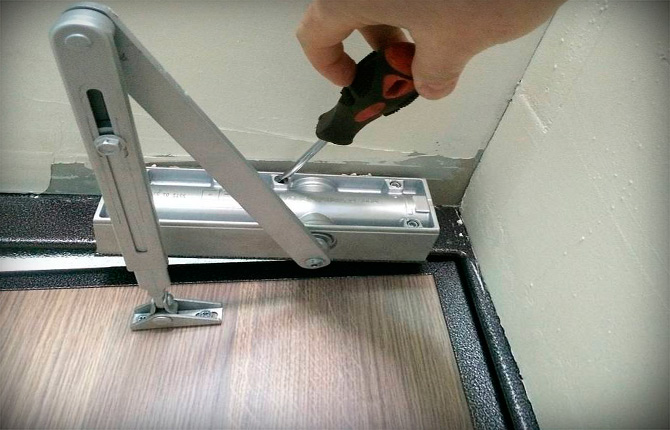
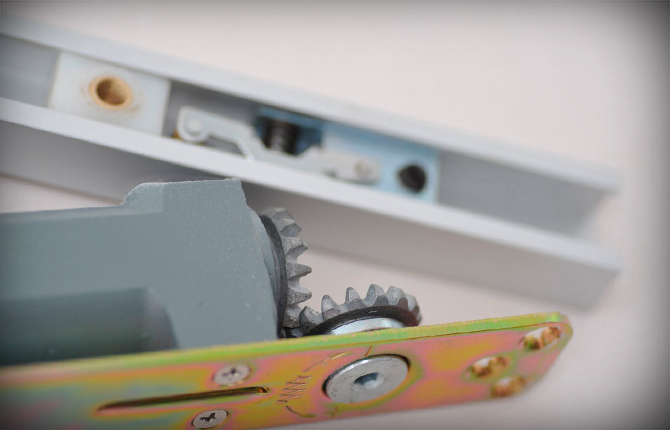
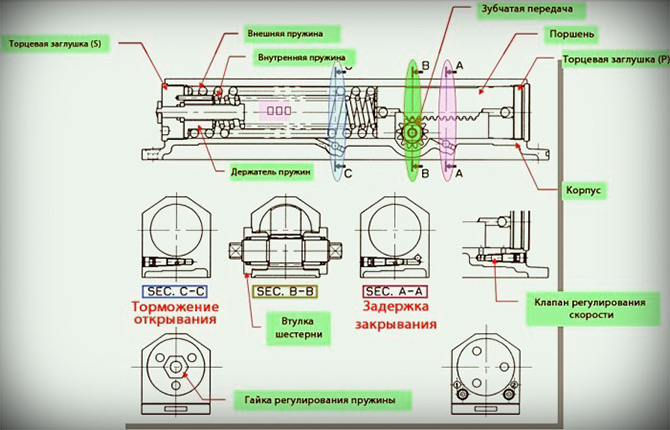
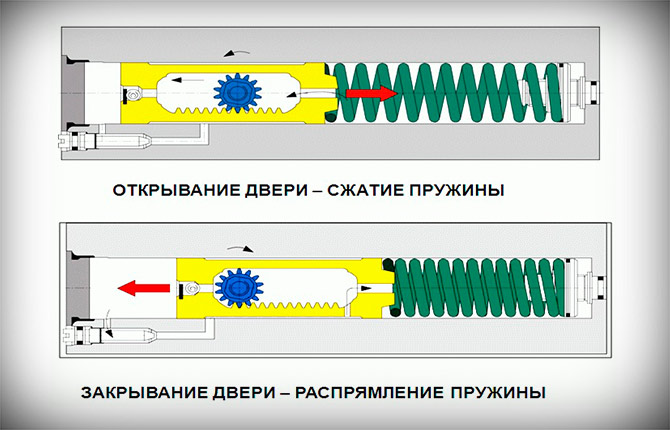
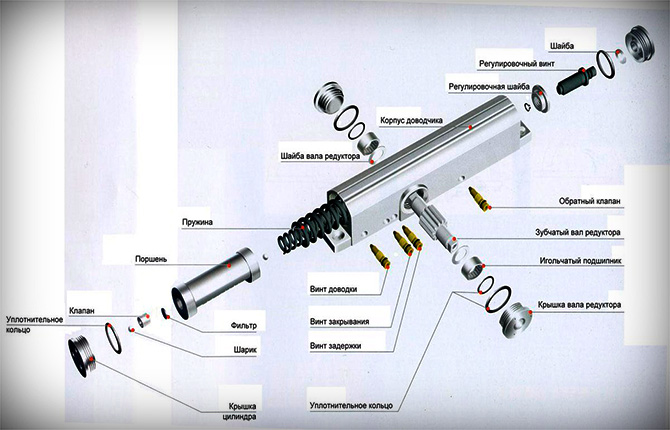
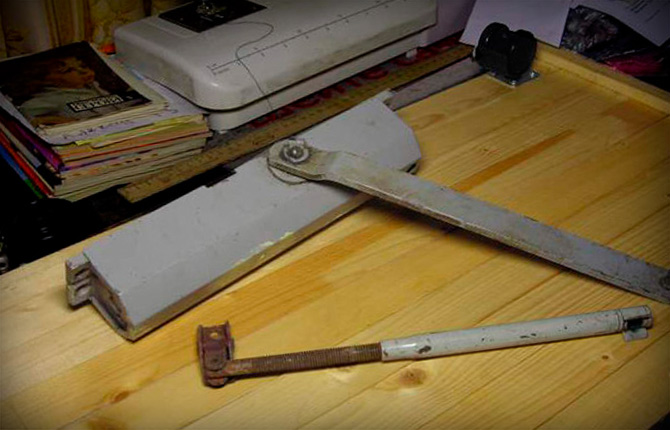
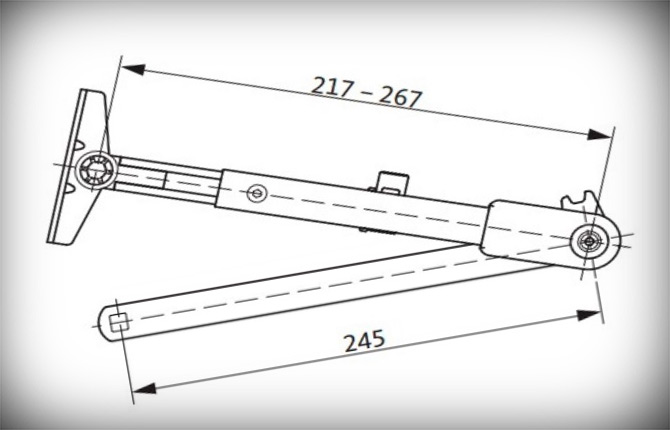
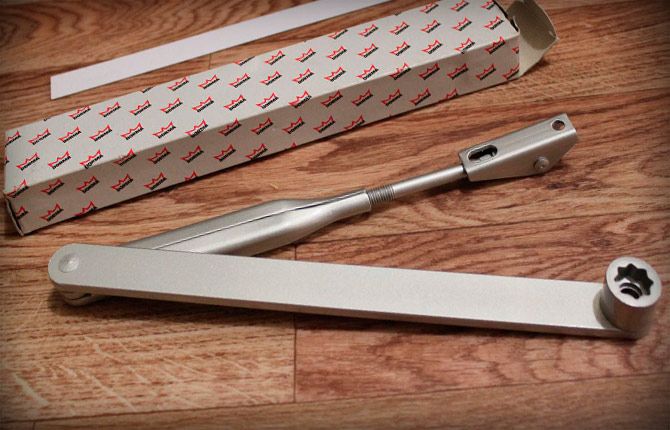

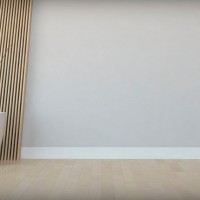
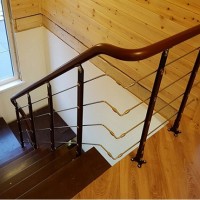

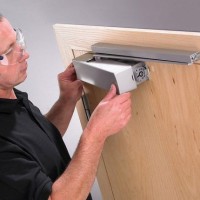
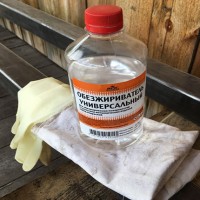





But what if the rod is jammed and does not turn? You can't hit him, you'll split the body. What to do.
Drain the oil and add 3-5 ml of brake fluid or kerosene. But Neva is better. It will work in 3-4 hours. But it’s better to pull it out and wash the mechanism; it’s possible that the cylinder is scuffed.